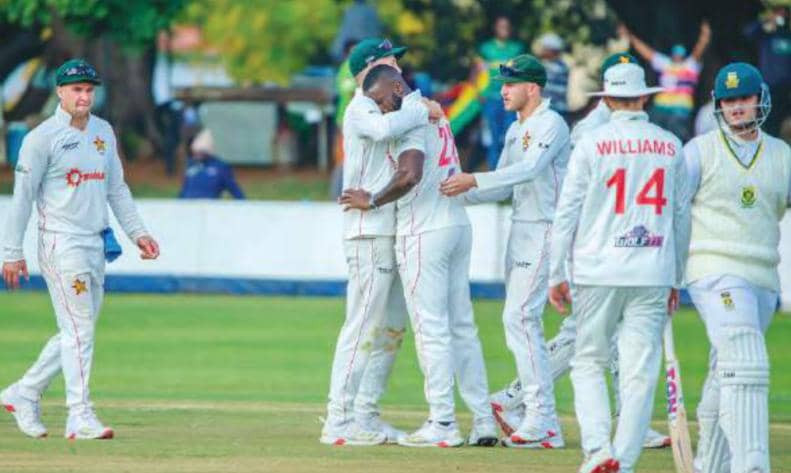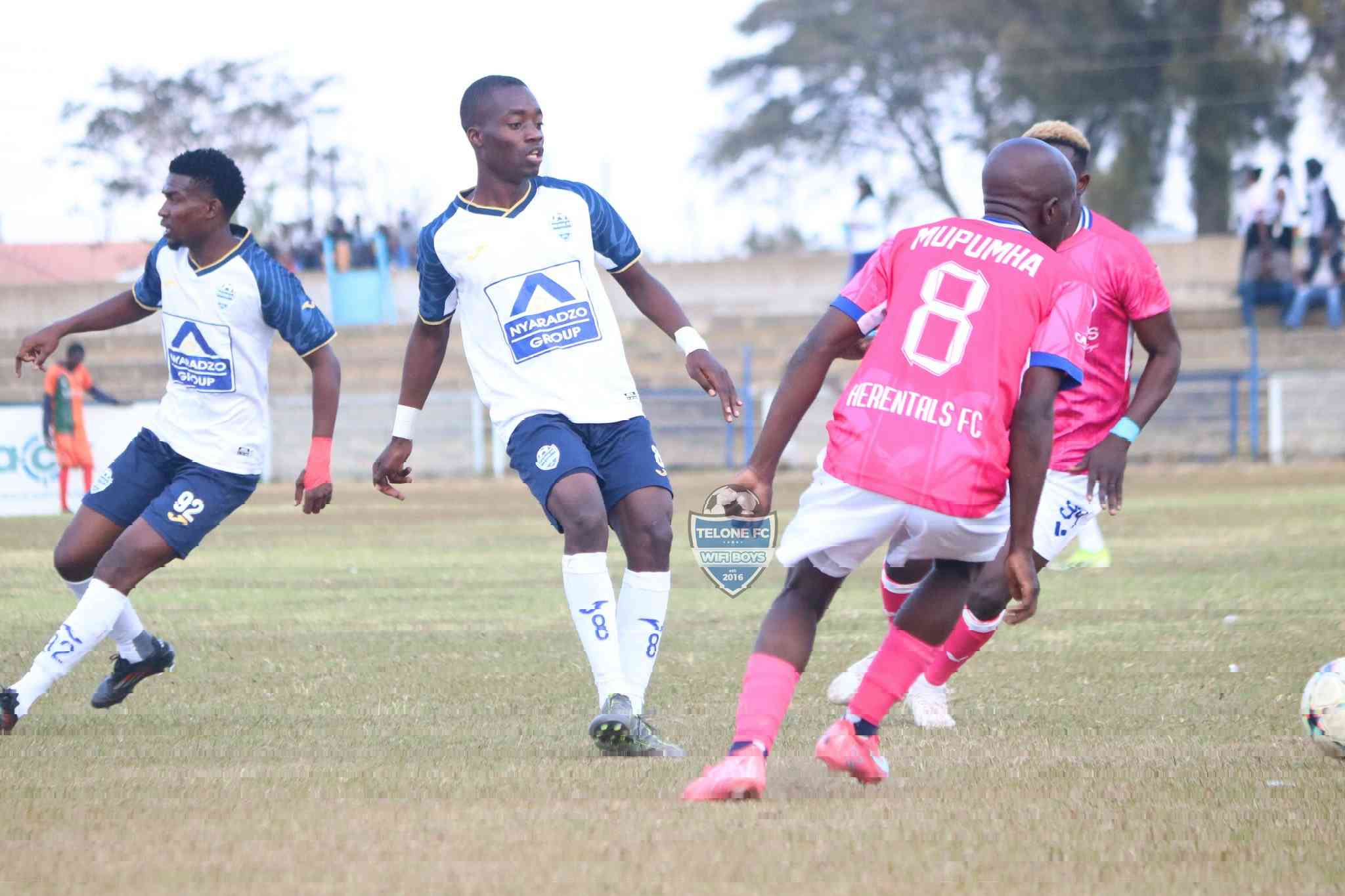
However, whichever direction you will hit your ball to, you will end up nearing the hole at distances of say 50 to 90 metres. At these distances the long irons should be put to rest and the short irons take over. As you get closer to the green you need to play approach shots that fly high in the air and land on the green with a minimum roll. This is where pitching comes into play. In many instances there will be some obstacles in front like water hazards, bunkers, thick bush and trees, particularly if your earlier shot will have been hit away from the green into the rough.
In pitching you do not necessarily need to make a full swing in most cases. How far you swing back (backswing) depends on the distance to the hole. Take time in practising these backswings. A pitch shot is hit with a lofted club hence I encourage you to practice with three wedges, lob wedge, sand wedge, and pitching wedge.
You can use a clock and assume that you are swinging back ( backswing) to various times on the clock starting at 6.00 to visualise what will be going on- Fig. 17. At 6.00 that is where the club face should be at address and the arrow points to the intended target. If you make a full swing 12.00 should be the maximum of your backswing. At that position the club is parallel to the 6.00 arrow. Depending on the distance to the hole, vary your length of backswing accordingly. At 7.30 is where your quarter swing should be, 9.00 your half swing, 10.30 your three quarter swing, and 12.00 your full swing, as illustrated under fig 18 – fig 22.
At all times, before you play a shot you should visualise the shot’s trajectory among other things. Once you are confident with what you want to do, position your ball in the middle of your stance as you would normally do with other shots. However, if the hole is close then you need to narrow your stance so as to restrict unnecessary turn. When you make your stroke ensure that you hit down on the ball to guarantee that it flies up in the air before it comes down and lands on the putting green and there should be minimum roll as earlier mentioned.
Pitching belongs to the short game family which encompasses putting, chipping, and pitching. If you are one of those players who are not confident with drivers or if your long irons are usually short of the green or your balls, go to different directions away from the green (miss the green), then you need very good recovery shots if you are to have a decent score. If you are in that category then your pitch shots should be as close to the hole as possible to give you a one putt into the hole and end up with a hard earned par. That is why mastering your short game can bring you back into the game. Spend time on it and you will not regret. Early birds catch the fattest worms. So hurry. YOU ALSO CAN.
For any feedback/comments and any assistance you may need contact the writer, Tavenganiswa Mabikacheche at The Centre for Training and Research Services on email: [email protected].











